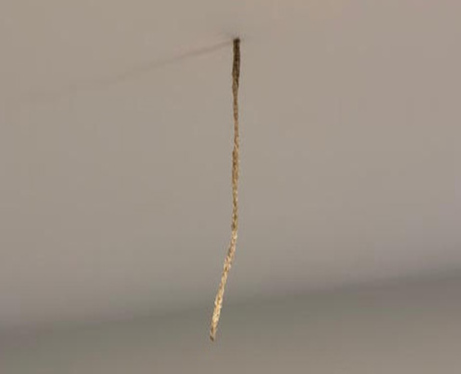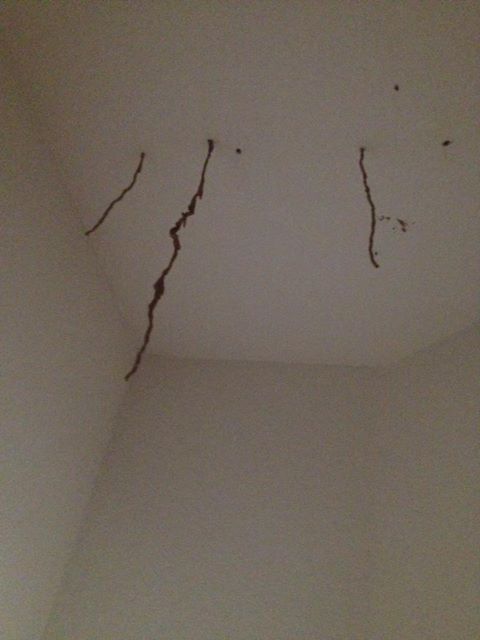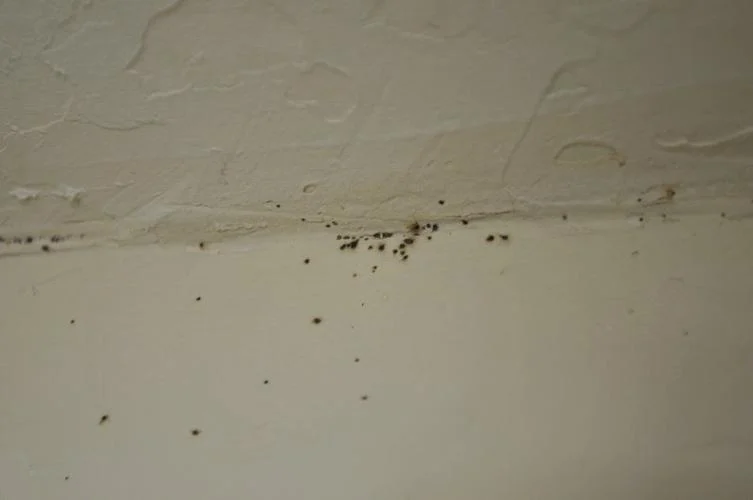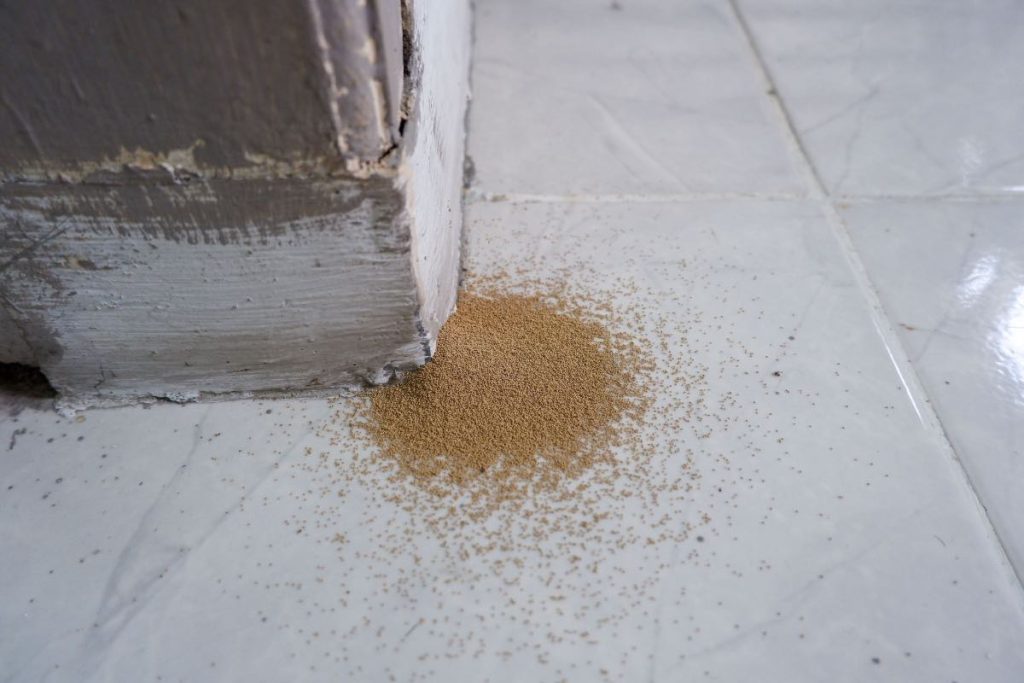Termites are silent intruders, and when they create mud tubes on your ceiling, it’s a cause for concern. In this comprehensive guide, we will explore the ominous presence of termite mud tubes on ceilings, unravel the potential dangers they pose, and discuss effective strategies for eradication.

Termite Mud Tubes on Ceiling: The Silent Threat
Introduction to Termite Mud Tubes
Termite mud tubes are the telltale signs of a termite infestation. When these tubes appear on ceilings, it indicates that termites have established a network for feeding and nesting, posing a direct threat to the structural integrity of your home.
Identifying Termite Mud Tubes on Ceiling
Visual Characteristics
Termite mud tubes on the ceiling often appear as narrow, brown, and cylindrical structures. These tubes serve as protective pathways for termites, allowing them to travel between their nest and food sources without being exposed.
Common Locations
Ceilings are not immune to termite infestations, and mud tubes may be found near corners, seams, or even around light fixtures. Regular inspections are crucial to early detection.
The Dangers of Termite Mud Tubes on Ceiling
Structural Damage
Termites feed on the cellulose in wood, and when they establish themselves on ceilings, structural damage becomes a significant concern. Over time, this can weaken the ceiling’s integrity.
Hidden Infestation
The presence of mud tubes on the ceiling often indicates a more extensive infestation within the structure. Termites are adept at remaining hidden, making it challenging for homeowners to detect the extent of the problem.
Eradicating Termite Mud Tubes on Ceiling: Effective Strategies
Professional Pest Inspection
Engage the services of a professional pest control expert for a thorough inspection. They can accurately assess the extent of the infestation and recommend appropriate measures.
Localized Treatments
Spot treatments, such as applying termiticides directly to the mud tubes, can be effective in eliminating termites. However, these methods are best employed under the guidance of pest control professionals.
Structural Repairs
Once the termites are eradicated, it’s essential to address any structural damage they may have caused. Repairing compromised areas ensures the long-term stability of your ceiling.
Preventing Future Infestations
Regular Inspections
Routine inspections are crucial for early detection of termite activity. Vigilance can help prevent the establishment of mud tubes and the subsequent damage they bring.
Moisture Control
Termites thrive in moist environments. Implementing proper moisture control measures, such as fixing leaks and improving ventilation, can make your home less appealing to these destructive pests.
Read too: Troubleshooting and Addressing a Water Bubble in Ceiling: Causes and Solutions Revealed
Conclusion: Guarding Your Home Against the Silent Invaders
In conclusion, termite mud tubes on the ceiling are not just aesthetic concerns; they signal a potential threat to the structural integrity of your home. Prompt action, professional assistance, and preventive measures are your allies in guarding against these silent invaders.
As a responsible homeowner, staying informed about the signs of termite infestations empowers you to take proactive measures. By understanding the characteristics of mud tubes on the ceiling and implementing effective strategies for eradication and prevention, you can ensure the long-term health of your home.



